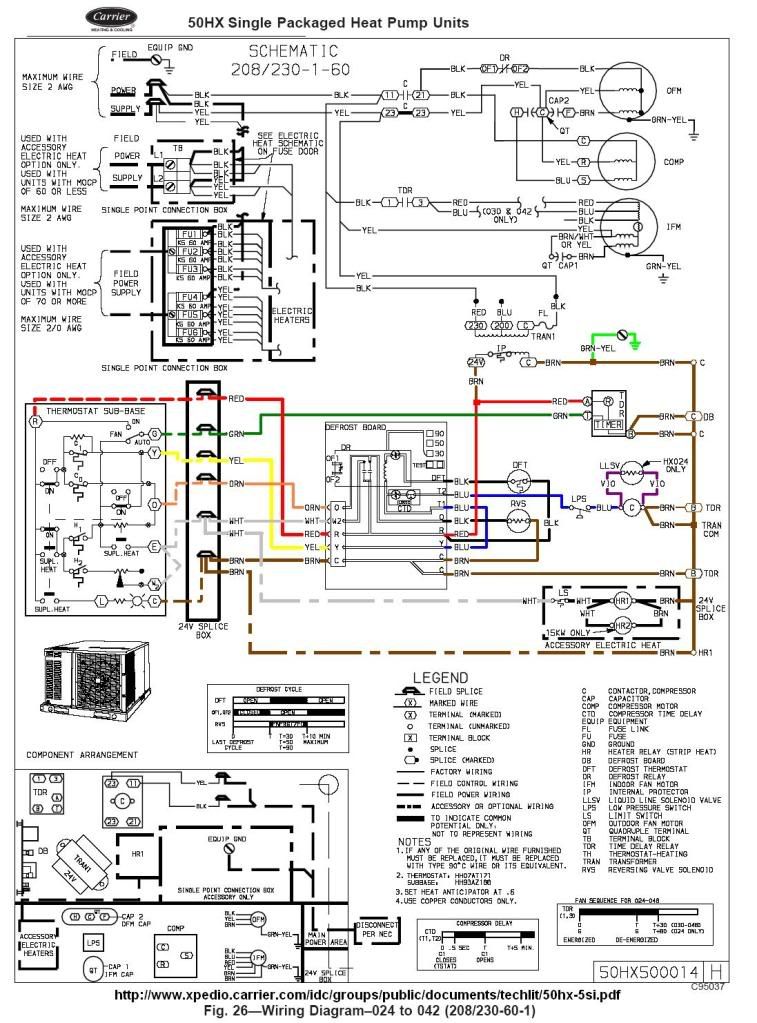Exactly the opposite is true. In a single phase 230V circuit here in North America, half of your complete circuit is always hot. If one pole welds shut but the other one still opens, the unit is still off. If you use only one pole and it welds, you lose the motor. But all they care about is that other $2 in component cost and that it outlasts the warranty.
By the way, having been on the inside at Siemens (who got OUT of the DP business last year because there is no money in it now), the average price to an OEM like Carrier and Trane for a 20A DP 2 pole contactor is around $9, a 1 pole is around $7. When they sell it to you for $25 they are laughing all the way to the bank.
In my mind, DP doesn't stand for Definite Purpose, it stands for "Don't Purchase". DP contactors are the lowest of the low in terms of QC and reliability. They are ALL the cheapest junk made that can technically still be called a contactor. 90% of them are now made in China by prisoner/slave labor, the rest are made in India but the Indian mfrs are losing out because their incredibly cheap labor force is still too expensive compared to forced labor in China. That's why Siemens got out, their production was in India and they couldn't compete unless they went to China, but the German Government is much more stringent about where mfrs contract for assembly labor and the Siemens team could not find a contract mfr in China that was not using forced labor of some sort, except from those that were on par with India, where Siemens already knew they couldn't compete.
The old story, you get what you pay for...

